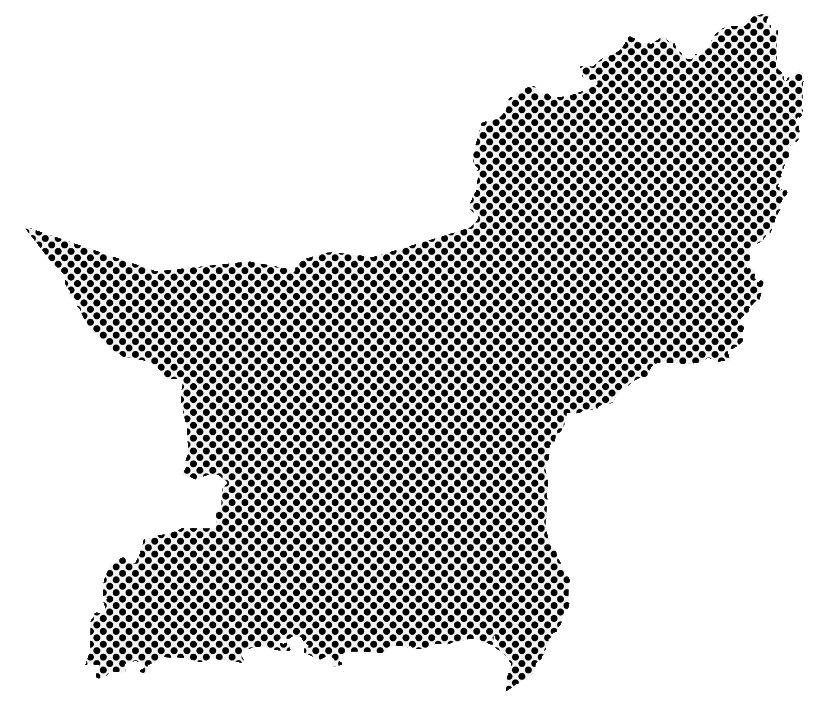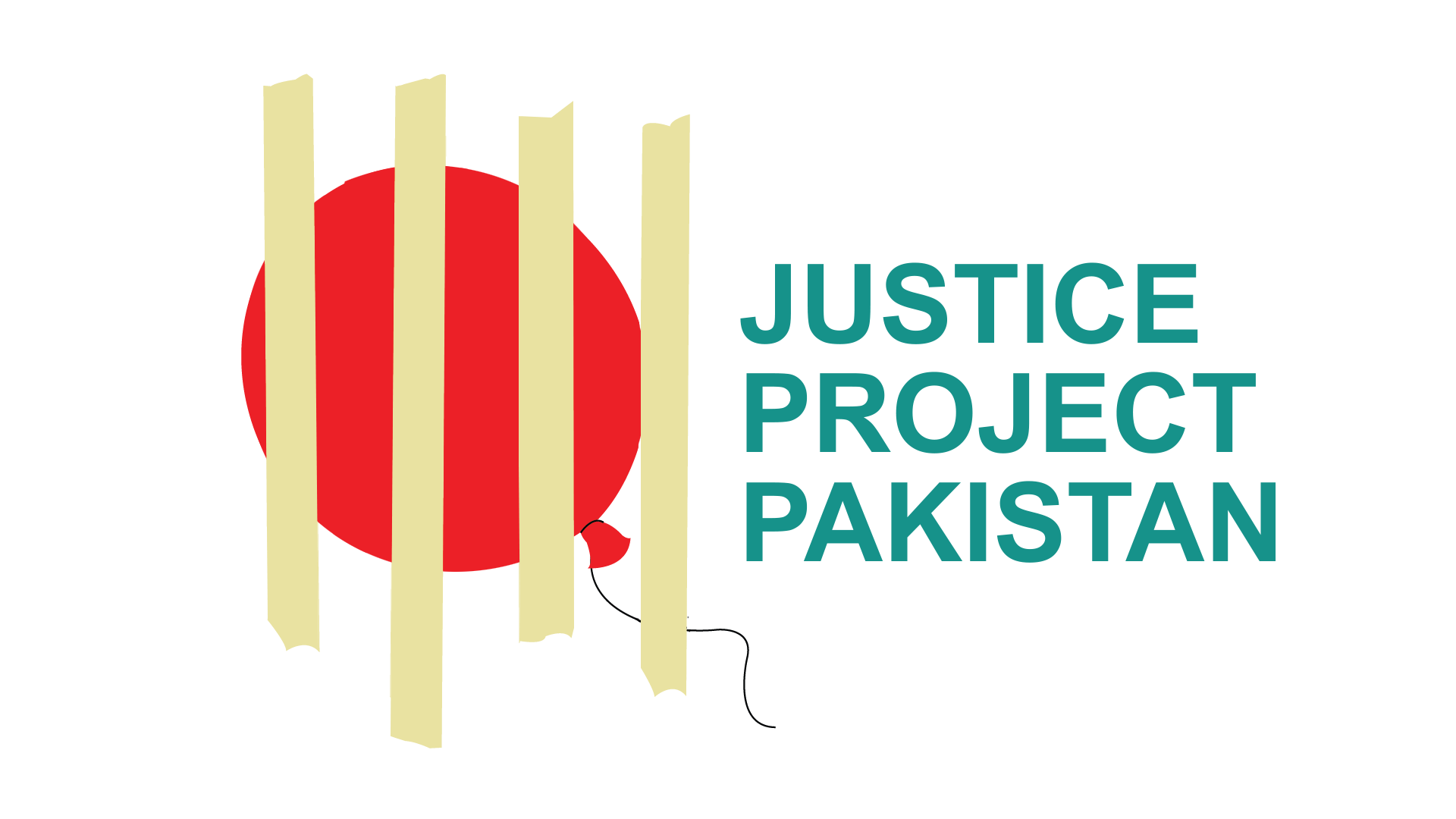Balochistan
Living with Nothing
A series of security operations have punctuated Balochistan’s amalgamation as Pakistan’s fourth province — with the first in 1948, then across the 1960s and 1970s, and the last in 2002, to suppress insurgencies against state control of territory and resources. Bar the occasional lull over the years, such troubles have resurfaced without fail, triggering a harsh response from the state to crush insurgencies and activism. Consequently, the province’s relationship with the centre is a complicated one, marked by a deep sense of disaffection flowing from the state’s cavalier attitude to its grievances and concerns over the years.

“If anything illustrates and puts into sharp relief Balochistan’s deprivations, both historical and current, it is the state of its prisons.”

Detention Through Colonial and Post-Colonial Times
Two areas of concern around imperial expenditure in Balochistan stand out: the transformation of the province into a territory for expanding British military presence to control the borders with Afghanistan and Iran; and the maintenance of ‘law and order’ under the British as the new self-proclaimed rulers of various tribal groups.
- Under the British Crown Rule
- The Present
Author’s Voice-Notes

Stories of Incarceration
Into the Void
Courting Crime Out of Desperation
A Student Activist Disappears
Balochistan Statistics 2023
Prison Population Trend
as of Nov 2023 statistics
of it’s authorized capacity
Under Trial Prisoners
of all the prisoners are
under trial in only Balochistan
Prison Population in Balochistan
population in pakistan
